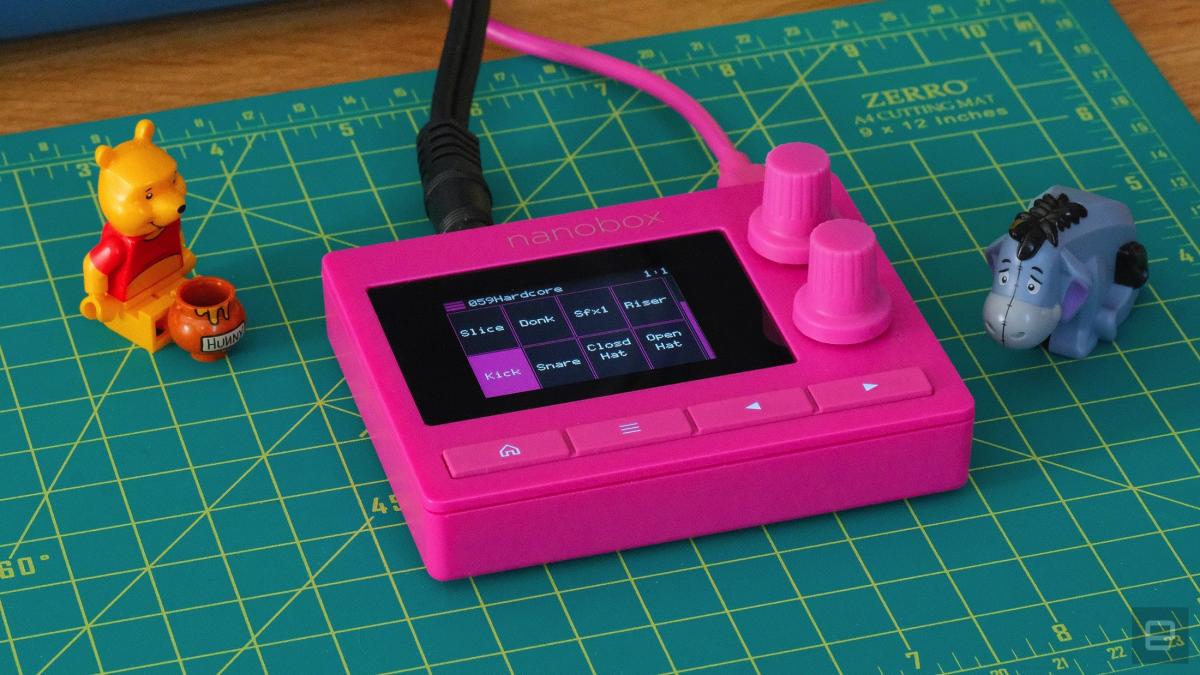An illustration of solar energy transmitted by an orbiting satellite. Mmdi/Digital Vision/Getty Images

Why you can trust us
Founded in 2005 as an Ohio-based environmental journal, EcoWatch is a digital platform dedicated to publishing quality scientific content about environmental problems, causes and solutions.
With Europe’s energy crisis and the worst impacts of global warming looming if the world doesn’t quickly move away from fossil fuels, a nearly limitless source of renewable energy couldn’t come soon enough.
There is an almost unbelievable potential solution in the form of solar energy harvested from space. A European Space Agency (ESA) plan to harvest energy from the sun and send solar power back to Earth is still in the testing phase, but the hope is for a solar space farm that generates energy equal to that of a nuclear power plant, reported Euronews Green.
“[Such a project] would ensure that Europe becomes a key player – and potentially a leader – in the international race towards clean and scalable energy solutions to mitigate climate change,” said an ESA statement, as reported by Euronews Green.
According to Space Energy Initiative (SEI) co-chair Martin Soltau, harvesting solar power from space could be implemented as early as 2035, BBC News reported.
Cassiopeia is an SEI project that involves using large satellites to harvest solar energy in orbit above the Earth. Soltau said the power generated could be nearly limitless.
“In theory, it could supply all the world’s energy in 2050,” Soltau said, according to BBC News. “A narrow band around geostationary Earth orbit receives more than 100 times the amount of energy per year that all of humanity is expected to use in 2050.”
The UK Government is providing $3.44 million for Space Solar Power Initiatives (SBSP).
SEI satellite modules would be produced on Earth and assembled and maintained in space by robots.
After the satellites harvest the solar energy, it would be converted into radio waves and beamed back to Earth, where a “rectifier antenna” would convert them into electricity.
The satellites would be capable of delivering about two gigawatts of power each, roughly the same amount as a nuclear power plant.
A solar panel in space is able to collect more energy than one on Earth because it doesn’t have to fight against the atmospheric barrier.
The Space Solar Power Incremental Demonstrations and Research at the Air Force Research Laboratory (AFRL) is a solar energy project taking place in the United States.
Microwave beams have been shown to be safe and effective for humans and animals.
“The beam is microwave, so it’s like the wi-fi we have all the time, and it’s low intensity, about a quarter of the intensity of the midday sun,” Soltau said, as reported by BBC News.
A potential problem with SBSP is cost and the carbon dioxide produced by launching many solar panels into space, possibly hundreds of times, said University of Portsmouth thermodynamics professor Dr Jovana Radulovic , specializing in renewable energy systems.
However, an environmental analysis of Cassiopeia from the University of Strathclyde found that its carbon footprint, including launch, could be as low as 50% of Earth’s solar power.
Soltau said the economics of the project have become more realistic with some recent innovations, but SEI hopes to secure private investment as the UK government only provides limited funding.
“I think that with significant investment and focused effort in this area, there is no reason the system should not be operational as smaller pilot projects for the foreseeable future,” Dr. Radulovic said. , as reported by BBC News. “But something on a large scale – we’re talking about miles of solar panels – would take a lot longer.”
Subscribe to receive exclusive updates in our daily newsletter!
By signing up, you agree to the Terms of Use and Privacy Policy and to receive electronic communications from EcoWatch Media Group, which may include marketing promotions, advertisements and sponsored content.
#solar #farms #space #transmit #electricity #Earth #EcoWatch



